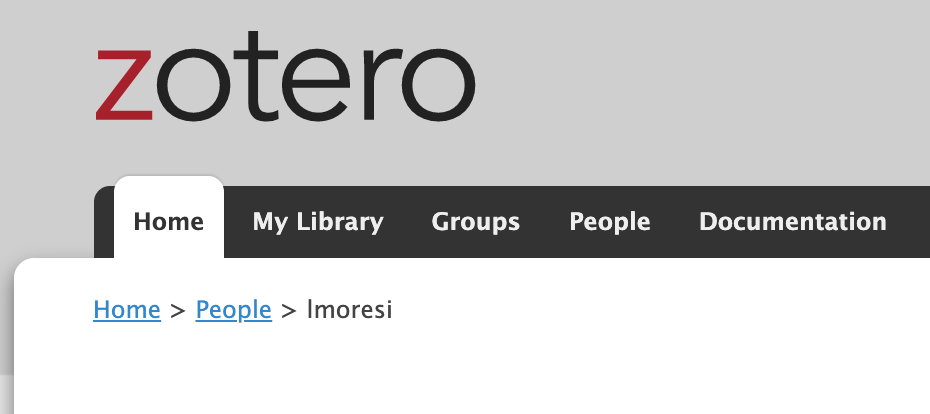
How we added an auto-updating set of citations to underworld in our publications webpage. We need to curate all the publications that we can find that use the underworld geodynamics code and provide this information on our website.

How we added an auto-updating set of citations to underworld in our publications webpage. We need to curate all the publications that we can find that use the underworld geodynamics code and provide this information on our website.

Version 2.8 of Underworld has been released recently. As with all major releases, this release brings numerous new features, enhancements and bug fixes. A summary of changes may be found within the usual CHANGES.md file. As is also usually the case, numerous API changes have been necessary or warranted.

Viscoelastic materials exhibit the properies of both solids and liquids, with deformation rates dependent on both the viscous stress and elastic stress rate.
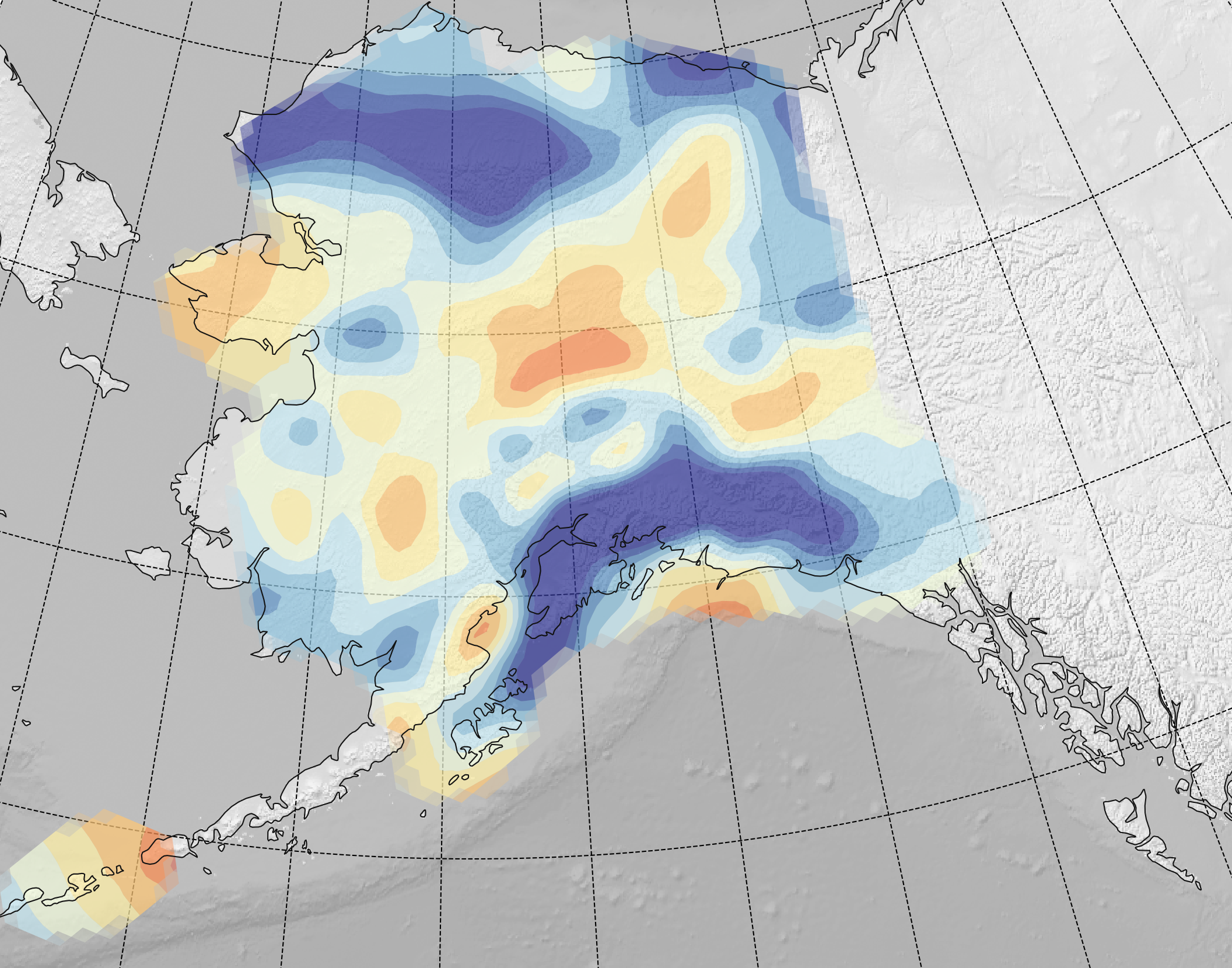
Making your research reproducible means that you provide the entire workflow from data, through software and post-processing freely available. Not only can somebody repeat your experiments and verify them, they can build upon them. In lab-based disciplines, there are many further challenges, but in research that is predominantly based on data processing, this ought to be an achievable goal.
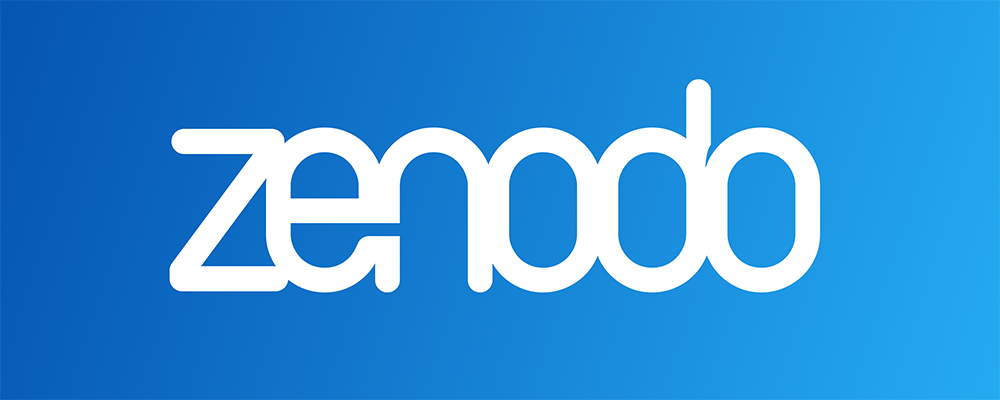
Zenodo is a repository for immutable versions of software that are provided with a persistent DOI for the purposes of citation and reproducibility. Underworld can be cited via a zenodo DOI. There is a master DOI for all releases (10.5281/zenodo.1436039) and releases after 2.6.0 are automatically given a DOI _under the master_.

(they don't make them like they used to ... ) Cratons are anomalously-strong regions of the continents that have largely resisted tectonic forces for billions of years. How such strong zones could be forged in a hot, low-viscosity, low stress, early-Earth has been a long-standing puzzle for geologists.
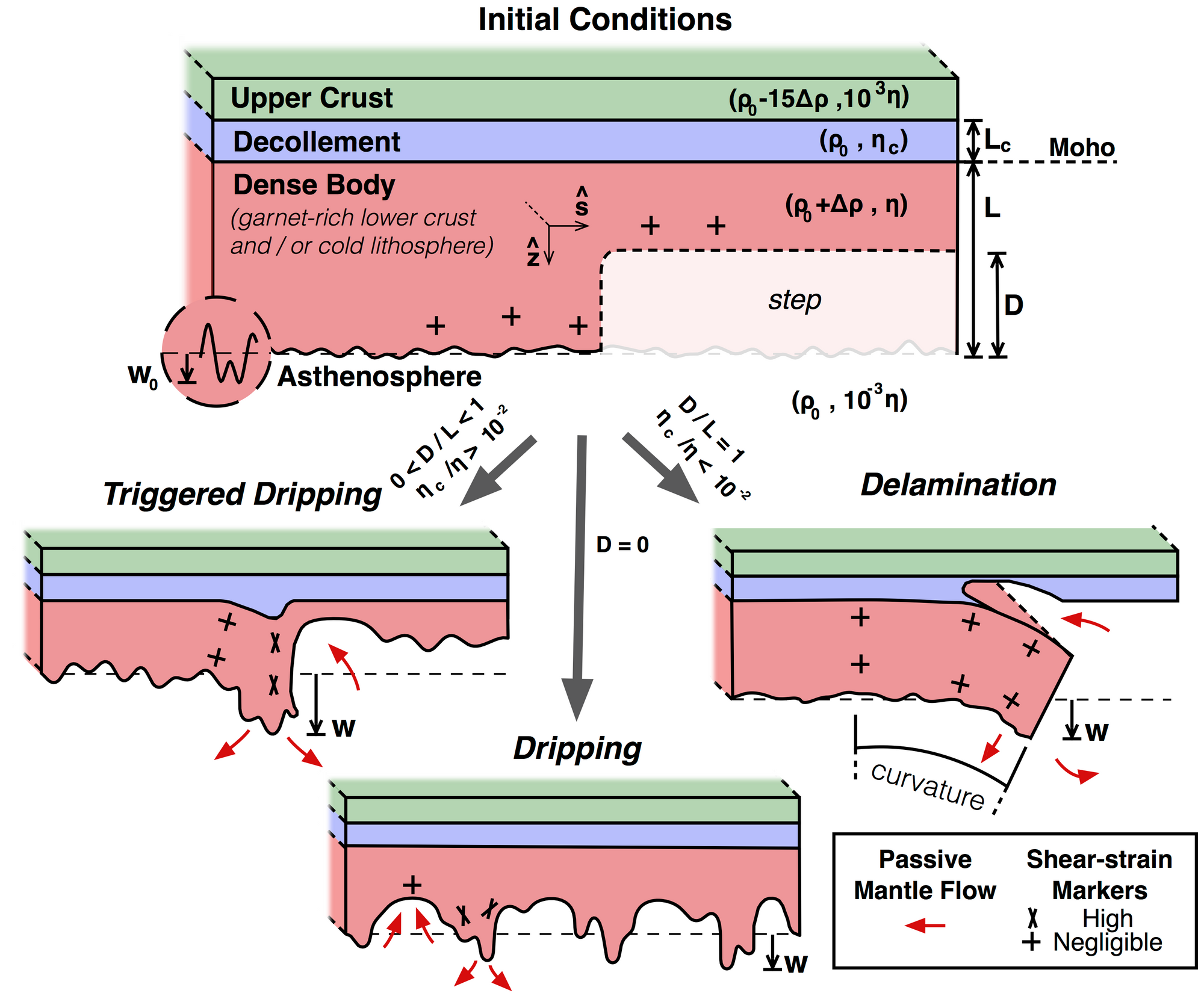
Modelling the relative time-scales of the Rayleigh-Taylor Instability and delamination, using Underworld With Adam Beall, Cardiff University.Why model sub-continental gravitational instabilities? Within the plate tectonics framework, continents are generally considered to have a much lower density than the asthenosphere below and therefore avoid the kind of recycling that the oceanic crust and lithosphere undergoes.

Using physical units and how to appropriately scale a model is a top question users ask when beginning with Underworld. The equations Underworld solves are stated in a physically correct form, they remain valid as long as every material constant, geometry, time, etc., are expressed in the same system. There is no explicit concept of units no scaling in Underworld, the choice is entirely left to the user.
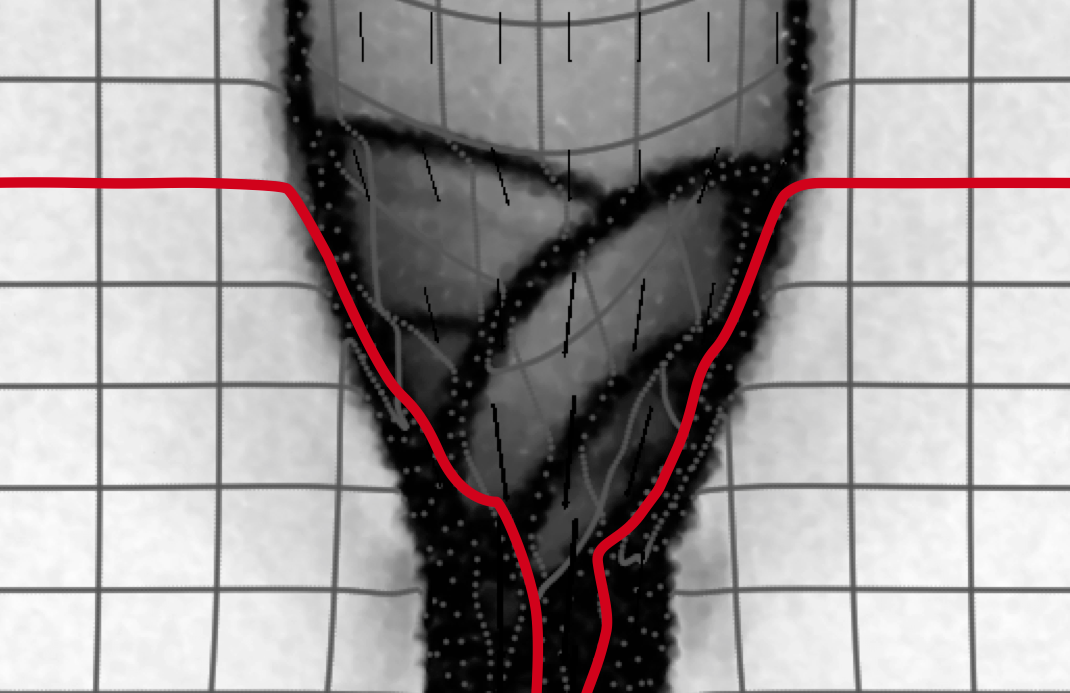
In honour of Hans Mühlhaus' 70th birthday this month, here are some shear band simulations made with Underworld. We are investigating the role of dilatancy in the geometry of the shear bands for a box of material when a small trapdoor is opened. The extent to which large-scale deformation is needed to release material through the trapdoor depends on how much the material dilates when shear bands form.
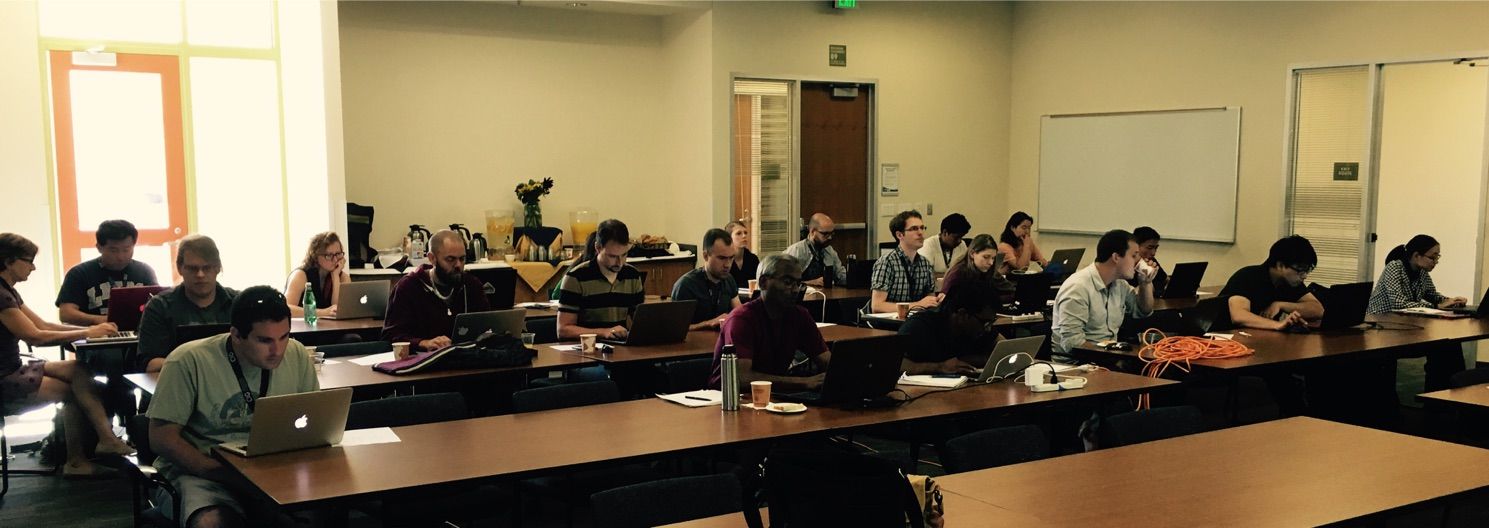
Underworld2 is a python-friendly version of the Underworld geodynamics code which provides a programmable and flexible front end to all the functionality of the code running in a parallel HPC environment. This gives signficant advantages to the user, with access to the power of python libraries for setup of complex problems, analysis at runtime, problem steering, and coupling of multiple problems.
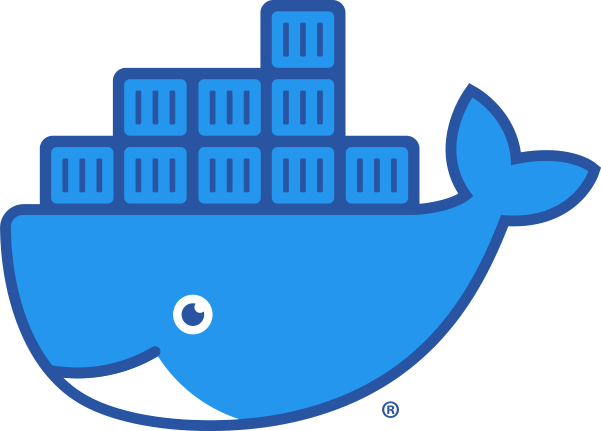
By the way, before you read this post, catch up with how we use docker by reading part 1 Docker allows us to distribute pre-built applications which are hosted in a virtual machine and are therefore platform independent.